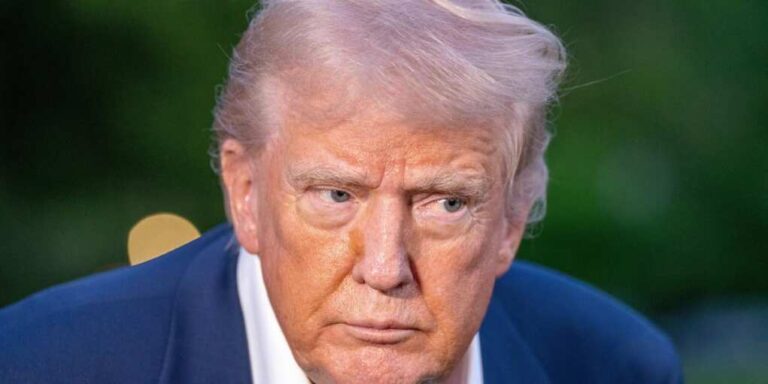
President Donald Trump has moved the Israel–Hamas standoff to the brink. In on-camera remarks and a Truth Social post Sunday, he declared that Hamas must accept his proposal and release all remaining hostages, framing the moment as a final chance to end the war on his terms. “Everyone wants the hostages HOME. Everyone wants this War to end,” he wrote, adding that Israel has accepted his conditions. Then came the hammer: “I have warned Hamas about the consequences of not accepting. This is my last warning, there will not be another one!”
The demand comes as intelligence estimates suggest Hamas still holds around 50 captives, perhaps fewer than half of whom are alive. Trump’s message is aimed squarely at Hamas’ leadership in Gaza—leaders who have repeatedly stretched talks while the Israel Defense Forces prepare another major push. The administration’s envoy, Steve Witkoff, has already accused Hamas of negotiating in bad faith. In July, the U.S. and Israel yanked their teams from Qatar after concluding Hamas lacked any real desire for a deal. And on August 26, Witkoff told Fox News that a workable proposal had sat on the table for weeks—one that would have freed 10 of the roughly 20 hostages believed alive—only to be stonewalled.
Trump’s escalation also underscores American interests at stake. U.S. citizens were among those kidnapped on October 7, and the White House has made securing their release a priority alongside crushing the group’s military capacity. Last month, Trump bluntly argued that the remaining captives would return only when Hamas is “confronted and destroyed,” signaling that humanitarian outcomes and military pressure are not mutually exclusive in his approach.
Israel is preparing fresh operations in and around Gaza City, issuing evacuation notices as it massed forces. Those warnings—intended to spare civilians—carry strategic tradeoffs: they telegraph intent and risk allowing fighters to blend into crowds, ditch uniforms, and melt away to fight another day. Veterans of Iraq and counterinsurgency know the pattern; Trump’s team is betting Hamas will read the room and deal before that next hammer drops.
The ultimatum lays out a brutally simple choice for Hamas: accept terms while they’re still on the table, or invite an escalated campaign with fewer diplomatic guardrails. For Israel, Trump’s stance is a green light to keep tightening the vise while leaving open a path to endgame if every hostage comes home. For Hamas, the costs of delay are rising—militarily, economically, and politically—as regional tolerance erodes and battlefield losses mount.
Skeptics argue Hamas has never negotiated in good faith and won’t start now. They note the group has used every pause to regroup, recruit, and rearm. That’s precisely why the White House is framing this as the last call: no more process for process’ sake, no more performative shuttling. Either the hostages come out, or the operation moves on without them as leverage.
If Hamas spurns the warning, expect three things: intensified Israeli strikes on command nodes and tunnel infrastructure; accelerated joint U.S.–Israeli efforts to isolate the group’s financial lifelines; and a harder diplomatic line with regional interlocutors who’ve tolerated foot-dragging. Conversely, if Hamas bends, the door opens to a phased cessation of hostilities, a structured hostage release, and an opportunity—however fragile—to pivot from warfighting to post-conflict stabilization.
Trump’s message is calibrated to compress time and remove ambiguity. After months of circular talks, he’s forcing a binary outcome: release them all and end it, or refuse and absorb what comes next. In a conflict too often defined by drift, that clarity may be the most consequential move yet.
